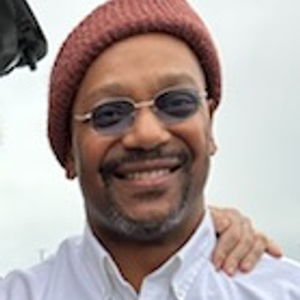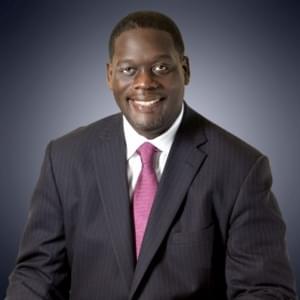In a case that sharply illustrates the fallibility of eyewitness testimony, Miami-Dade prosecutors plan to ask a state judge to vacate the convictions of Luis Diaz based on DNA evidence that was not available during his 1980 trial. Though he was shorter and lighter than the man that most witnesses described to police, Diaz was charged with rape 25 years ago after eight women identified him as their attacker. Following his trial, the judge said, “I’ve never seen a case where I was more convinced of a man’s guilt.” Two decades later, two of the victims came forward saying that Diaz had not been their attacker, and one of the women claimed she chose his picture from a photo spread only because police had pressured her to select one of nine photographs.
Only two DNA samples remained from the original trial. Both were from the same man and not from Diaz. Barry Scheck, co-founder of the Innocence Project that initiated the testing in Diaz’s case, stated that about 75% of the exonerations since the advent of forensic DNA testing in 1989 have hinged on mistaken eyewitness identification.
Diaz said that he has spent much of his time in prison reading the Bible and that he hoped to get to know his grandchildren when he is released.
(New York Times, August 3, 2005). See Innocence.
Innocence
Mar 01, 2024

Death-Sentenced Philadelphia Prisoner Daniel Gwynn Exonerated After Nearly 30 Years
Innocence
Feb 23, 2024



